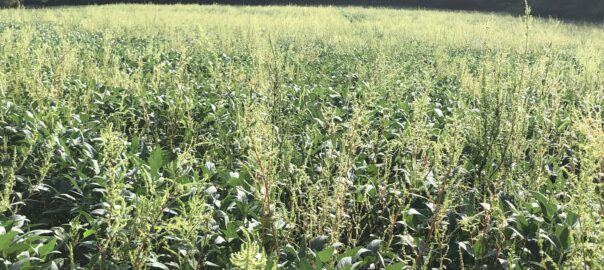Results from greenhouse experiments and in-field research this summer confirm that our state now has dicamba-resistant (DR) waterhemp. Moreover, our survey of weed escapes this fall sponsored by the Tennessee Soybean Promotion Board has found that waterhemp has spread quickly. Continue reading
Category Archives: Weeds
Points to Consider when Choosing Soybean Herbicide Trait Platform
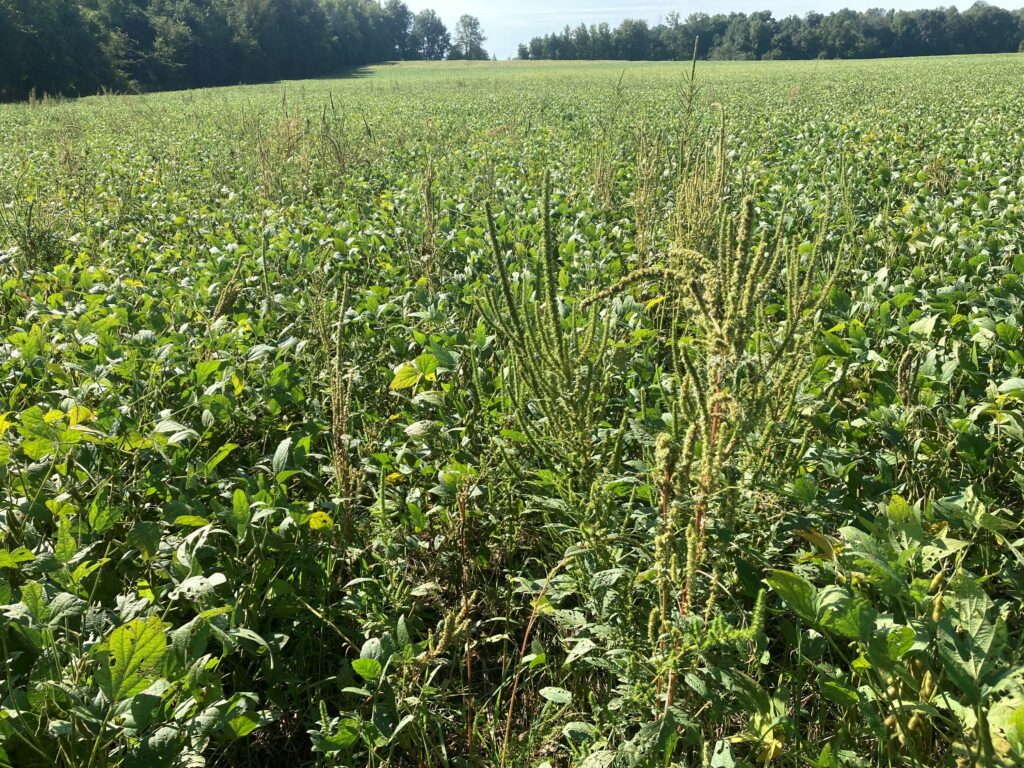
Several retailers and growers in recent weeks have asked about switching away from Xtend soybeans due to the poor pigweed control they have seen in consecutive years in some fields. There are a lot of moving parts when one attempts to answer this question and some different points need to be considered. Continue reading
Start Planning for Herbicide Shortages in 2022
Retailers and the basic suppliers are all very concerned about herbicide shortages in 2022. We all can recall similar concerns this past spring. In most cases applicators were able to get what they needed . However, this spring retailers were often able to fill shortages by accessing carryover from 2020. I have been told there will be no carryover herbicides to fill holes in 2022 so the probability of herbicides not being available is much more likely. Continue reading
Wheat Ryegrass and Poa Management
The two most common weeds in our wheat every year are poa and ryegrass. The fall is the best time to control these two weeds in wheat. Continue reading
Palmer amaranth Escaping Auxin Herbicides as well as Follow Up Liberty Application
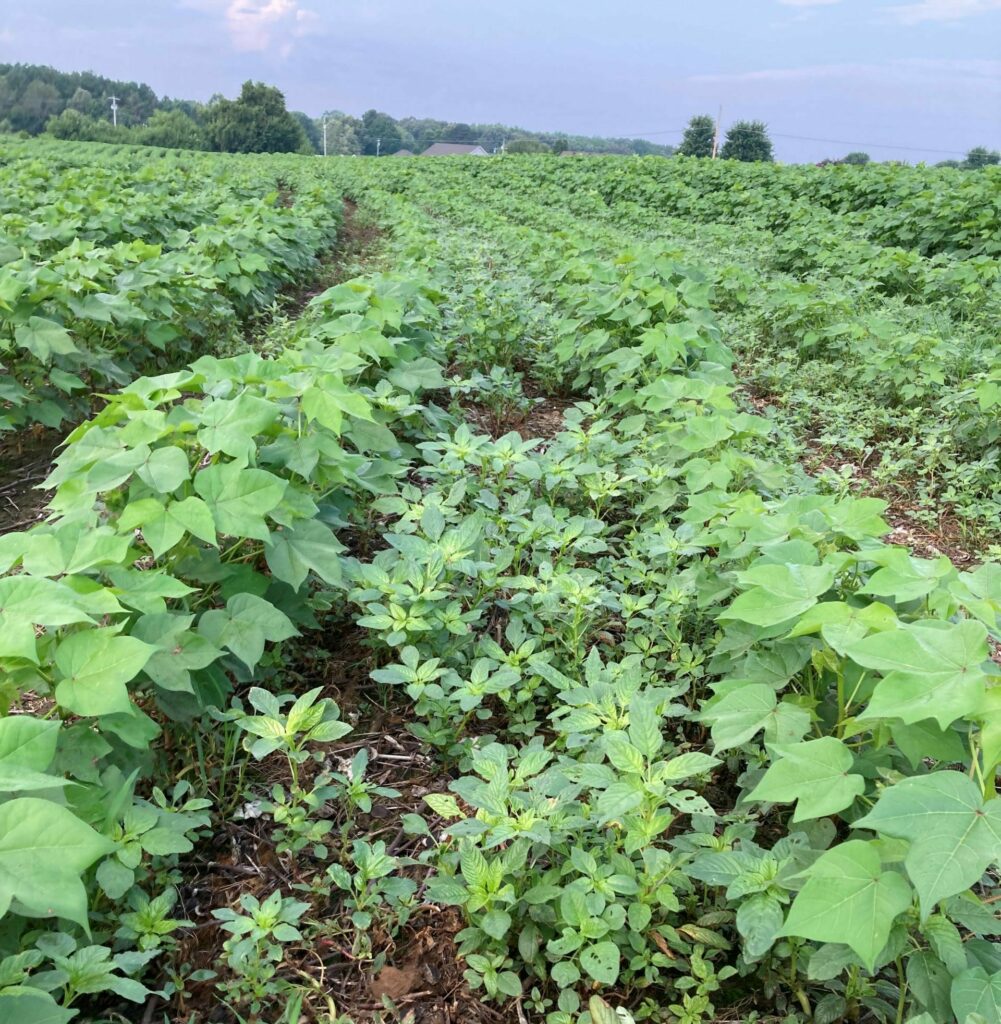
We have visited fields where growers have found that Palmer amaranth that escaped an auxin herbicide (Engenia, XtendiMax, Enlist One) application also escaped follow-up glufosinate (Liberty) application (Pictures 1 and 2). Auxin herbicide-resistant Palmer amaranth was documented in Tennessee last year. As such, it was not a surprise to find dicamba or 2,4-D fail to control pigweed. Glufosinate-resistant Palmer amaranth was documented in Arkansas last year. We have not found glufosinate-resistant Palmer amaranth on the Tennessee side of the river. However, the reports from these fields has us concerned the glufosinate-resistant biotype has indeed crossed the river. Part of the reason for the concern is that we had research fairly close to these suspect fields that showed similar poor Palmer control with dicamba or 2,4-D followed by glufosinate. Continue reading
Manage Large Palmer amaranth Escapes
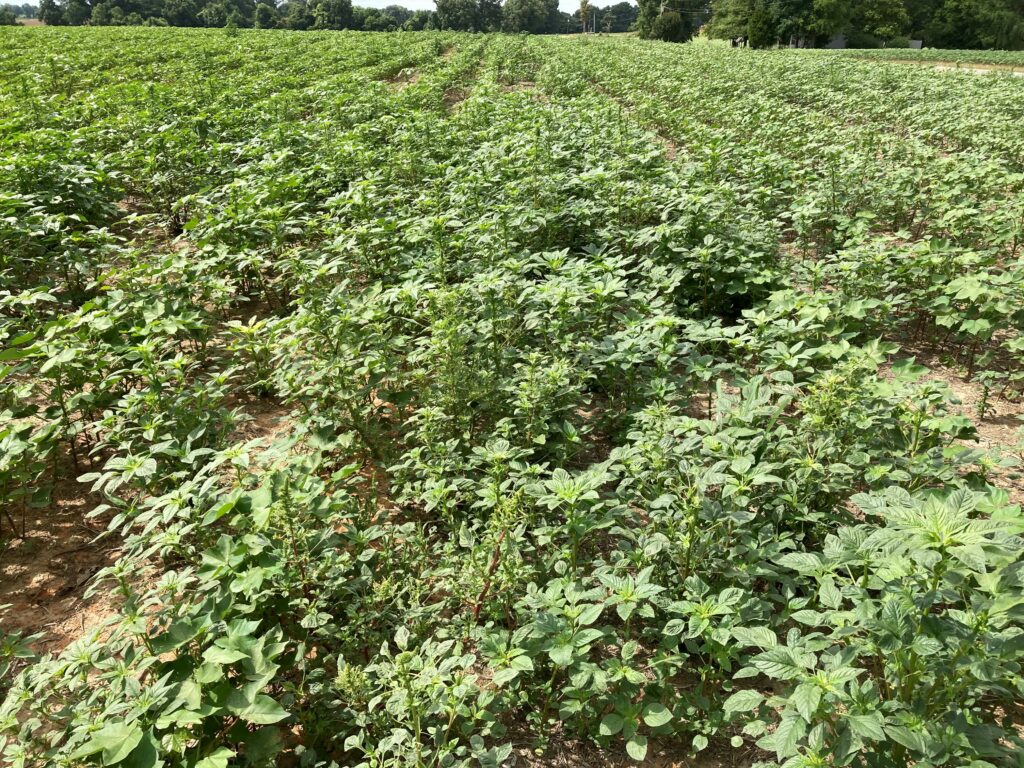
We have visited fields where growers assumed their Engenia or XtendiMax + glyphosate had controlled Palmer amaranth only to find that many had escaped and are now quite large (Picture 1). The question is what are some approaches to manage these escapes? Continue reading
Management of Auxin-Herbicide Resistant Palmer Amaranth
In fields where dicamba and 2,4-D are no longer effectively controlling Palmer amaranth what are some options to help manage this weed? We conducted research at several locations this year trying to answer this question.
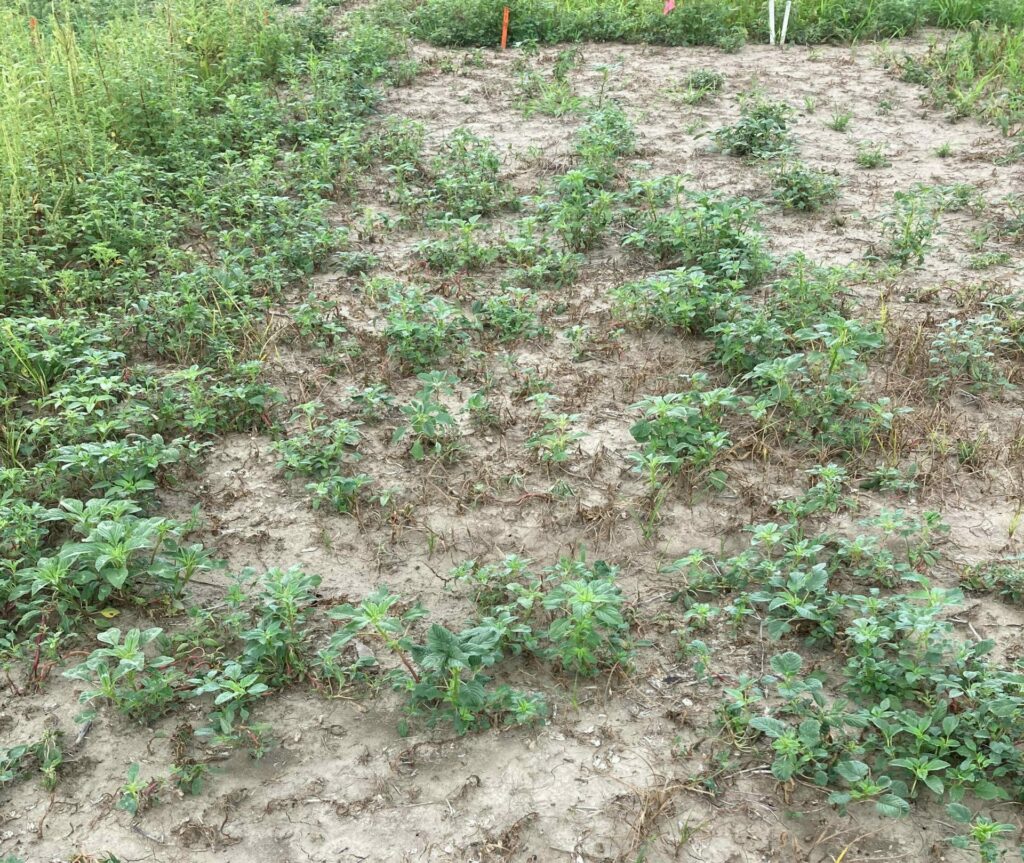
Dicamba and 2,4-D: No longer “Palmer amaranth Herbicides” in Some Fields
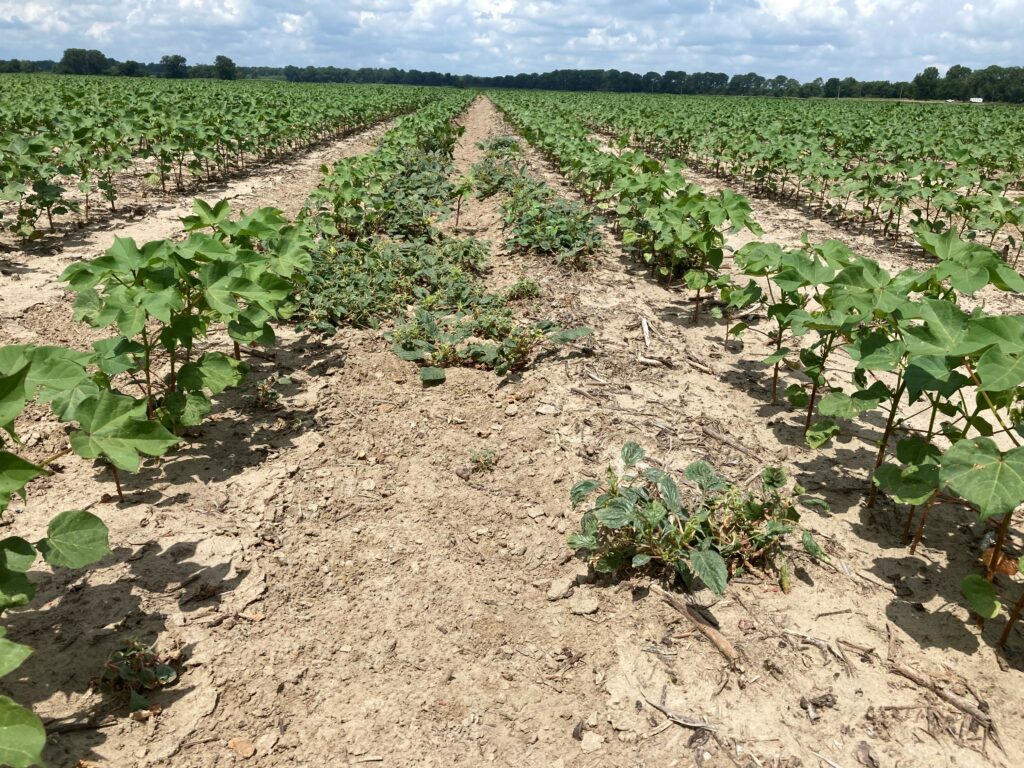
For the past week we have been getting reports along with a good many pictures of Palmer amaranth escaping dicamba application/s from retailers and consultants scouting fields (Picture 1 and 2). As one retailer so aptly described it today “there are spots in fields where the lack of Palmer control is frightening”. Continue reading

